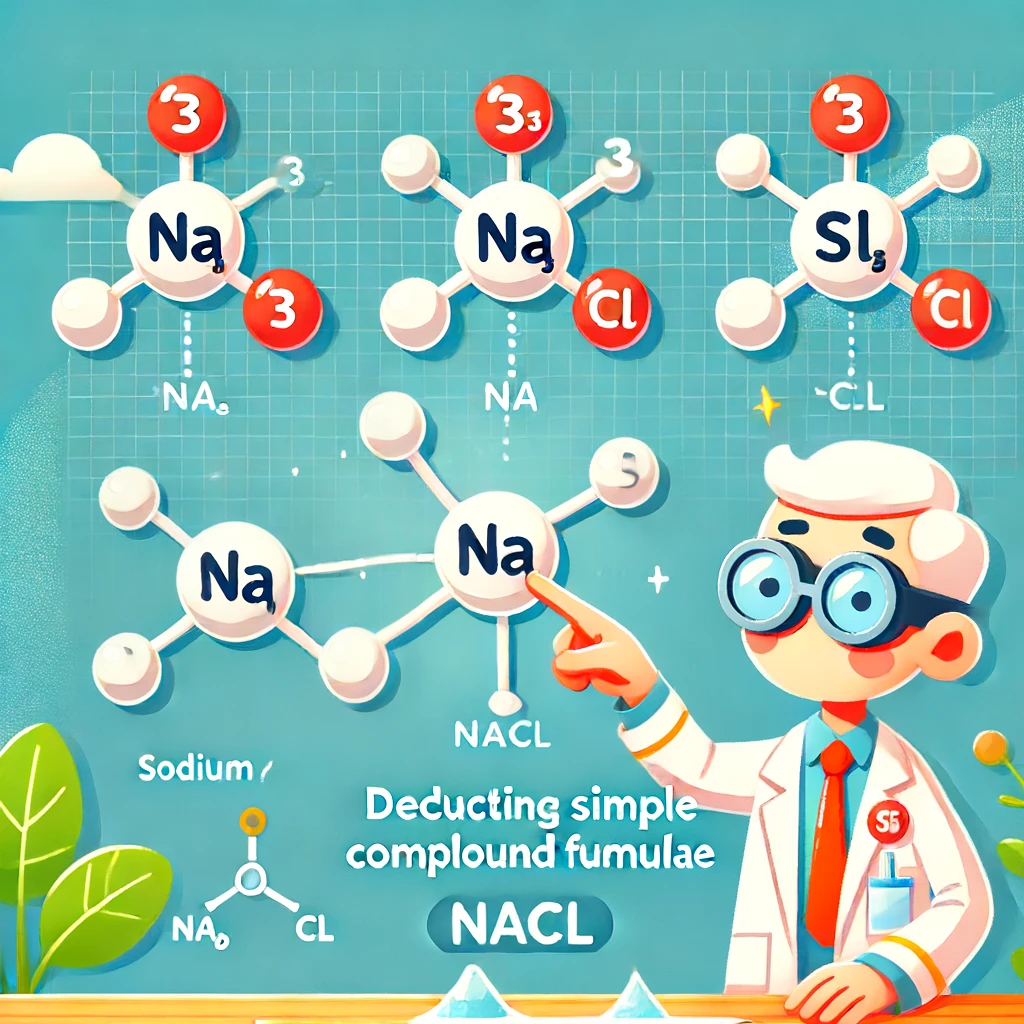Chemistry Quiz
Chemistry Quiz
What is the chemical formula for water?
Stoichiometry Resource Center
Welcome to Your Stoichiometry Resource Center! 🧪
👶 Just Starting Out?
Learn basic concepts like atomic weights and reaction balancing.
Start Learning Basics
Understanding Stoichiometry: Your Chemistry Toolkit
What is Stoichiometry?
Stoichiometry is like the recipe for a cake, but instead of baking, you're mixing chemicals! It helps us figure out how much of each element we need to make a compound, and what we get out after a chemical reaction.
Core Concepts:
Let's dive into the essentials:
Formulae of Elements and Compounds:
- Think of each element as a unique building block, like a LEGO piece. Each one has a special symbol, like O for oxygen or H for hydrogen.
- Compounds are like LEGO structures built from these blocks. For instance, water (H₂O) is made from two hydrogens and one oxygen.
Molecular Formula:
- This is a detailed recipe that tells you exactly how many of each atom you need to make a molecule. For water, the molecular formula H₂O tells us we need two hydrogen atoms and one oxygen atom.
Molecular Formula Quiz
Molecular Formula Quiz
Deducing Simple Compound Formulae:
- Imagine looking at a model or a picture that shows how atoms stick together in a molecule. By examining it, you can figure out the molecular formula. It's like solving a puzzle with clues!
Ionic Compounds Quiz
Ionic Compounds Quiz
Constructing Equations:
- When chemicals react, we can write it down as an equation. Word equations use words: Hydrogen plus oxygen makes water. Symbol equations use the chemical symbols: 2H₂ + O₂ → 2H₂O. The state symbols (s, l, g, aq) tell us if the substances are solid, liquid, gas, or dissolved in water.
Chemical Equations Quiz
Chemical Equations Quiz
Supplemental Concepts:
Let’s go a step further:
Empirical Formula:
- This tells us the simplest ratio of the elements in a compound. For example, glucose (C₆H₁₂O₆) has an empirical formula of CH₂O, which means for every carbon atom, there's twice as many hydrogen atoms and one oxygen atom, in their simplest ratio.
Formula of Ionic Compounds:
- Ionic compounds are made of charged particles called ions. By looking at models or diagrams, you can figure out the charges and predict the formula. For instance, sodium (Na⁺) and chloride (Cl⁻) ions come together to form table salt (NaCl).
Advanced Symbol Equations:
- Sometimes, you need to write detailed equations that show the charges and reactions between ions, especially in ionic compounds. These are like the detailed instructions for complex LEGO models.
Deducing Chemical Reactions:
- Given some info, you can predict the outcome of a chemical reaction and write it down with symbols and state indicators. It's like being a detective, where the clues are chemical properties and the mystery to solve is the reaction's outcome.
Remember:
Stoichiometry is a fundamental part of chemistry that helps us understand how substances interact and transform. It's a set of tools that allows us to predict and explain the outcomes of chemical reactions, making you a bit of a chemistry wizard! Keep practicing these concepts, and you'll be solving chemical puzzles in no time.
Menu for Stoichiometry Content
Stoichiometry Notes
- Basic Notes
- Advanced Notes
- Difficult Concepts
Practice and Assessment
- Quizzes on Subtopics
- Past Paper Questions
- Full Stoichiometry Exams
Interactive Learning Tools
- Videos Explaining Concepts
- Interactive Quizzes
- Interactive Simulations
Supporting Resources
- Glossary of Terms
- Downloadable Worksheets
- Top Questions
Feedback and Additional Resources
- Feedback Submission
- Your Questions











No comments:
Post a Comment